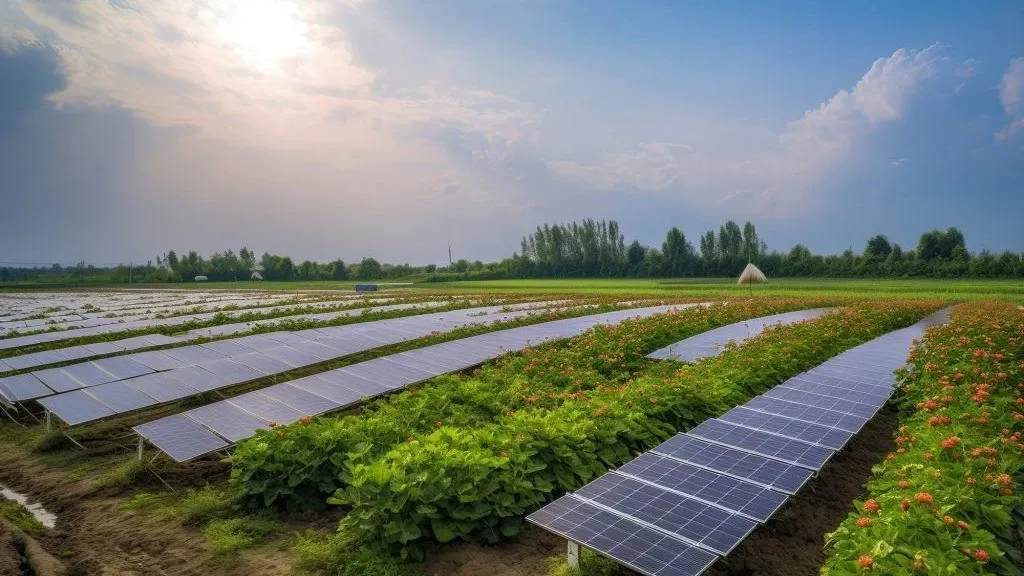In the heart of Italy, a quiet revolution is brewing, one that could reshape the future of agriculture and propel the sector towards sustainability. A recent study published in *Energy Conversion and Management: X* has shed light on the factors influencing farmers’ intentions to adopt renewable energy alternatives for powering agricultural machinery. The research, led by Federica Caffaro from the Department of Education at the University of Roma Tre and the Institute of Sciences and Technologies for Sustainable Energy and Mobility (STEMS) of the National Research Council (CNR) of Italy, offers valuable insights into the commercial impacts and future developments in this critical field.
The study, which surveyed 409 Italian farmers, revealed that training plays a pivotal role in shaping farmers’ perceptions and intentions regarding renewable energy adoption. “Training was positively associated with perceived usefulness and negatively associated with safety concerns,” Caffaro explained. This finding underscores the importance of education and information campaigns in promoting the adoption of renewable energy sources in agriculture.
The research focused on three renewable energy sources: biomethane, electricity from renewable sources, and hydrogen. Interestingly, the model used in the study was invariant across these energy sources, suggesting that the key variables influencing farmers’ decision-making are consistent regardless of the specific renewable energy alternative.
Perceived usefulness, environmental benefits, and safety concerns were all significantly associated with the intention to use renewable energy sources. This highlights the need for policymakers and industry stakeholders to address these factors comprehensively. “Developing information and education campaigns as effective policy tools to promote these renewable energy alternatives to farmers is crucial,” Caffaro emphasized.
The commercial impacts of this research are substantial. As the agriculture sector increasingly comes under pressure to reduce its carbon footprint, the adoption of renewable energy sources for agricultural machinery becomes not just an environmental imperative but also a business necessity. Farmers who embrace these technologies stand to gain from reduced operational costs, enhanced sustainability credentials, and potential access to new markets and subsidies.
The study’s findings also point to future developments in the field. As training and education programs become more sophisticated and targeted, we can expect to see a rise in the adoption of renewable energy sources in agriculture. Moreover, the consistent influence of perceived usefulness, environmental benefits, and safety concerns across different energy sources suggests that a unified approach to promoting these technologies could be effective.
In conclusion, this research offers a roadmap for policymakers, educators, and industry stakeholders to foster the adoption of renewable energy sources in agriculture. By focusing on training, addressing safety concerns, and highlighting the environmental and economic benefits, the agriculture sector can make significant strides towards a more sustainable and profitable future. As Caffaro noted, “The implications of this research are far-reaching, and the time to act is now.”

